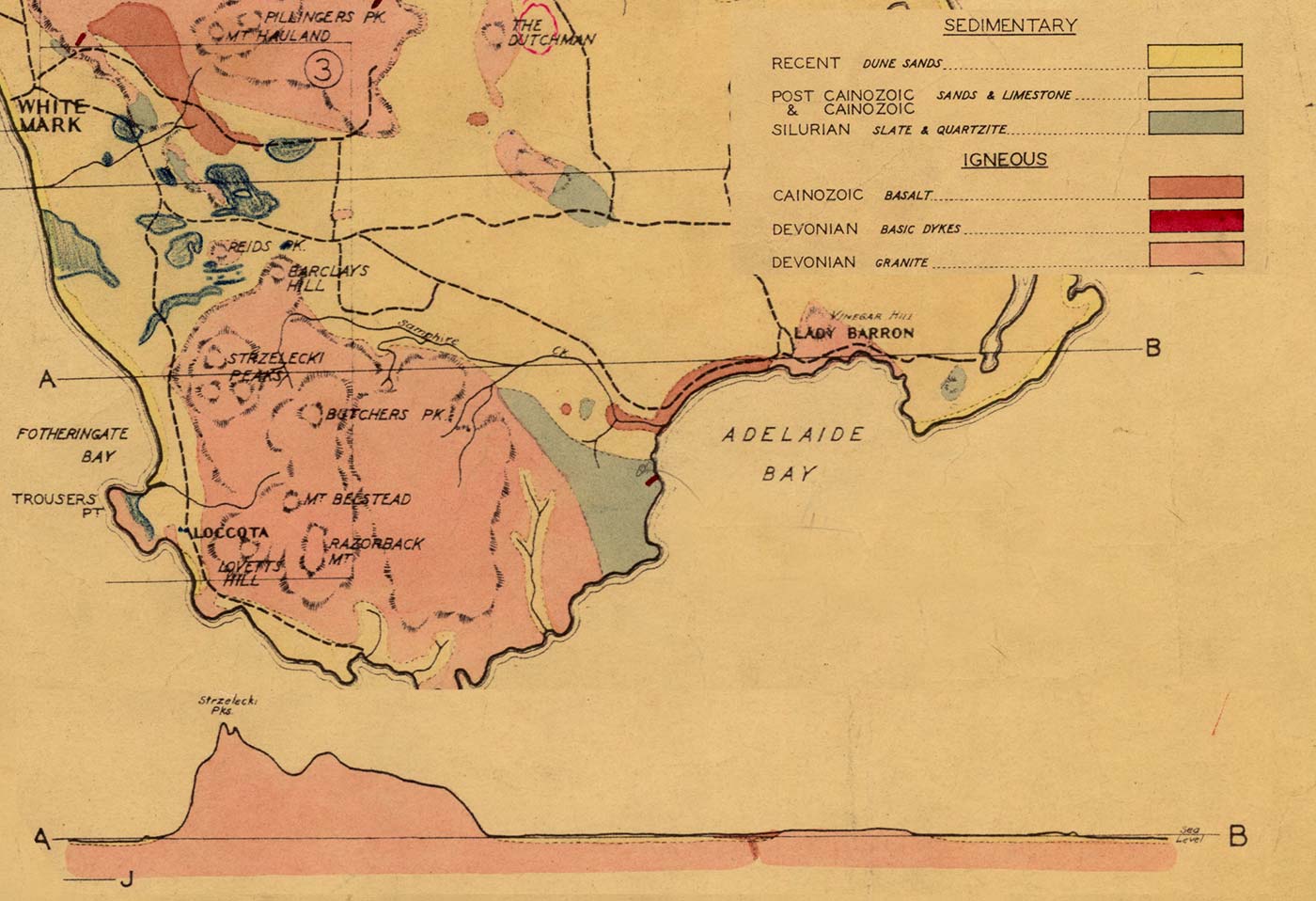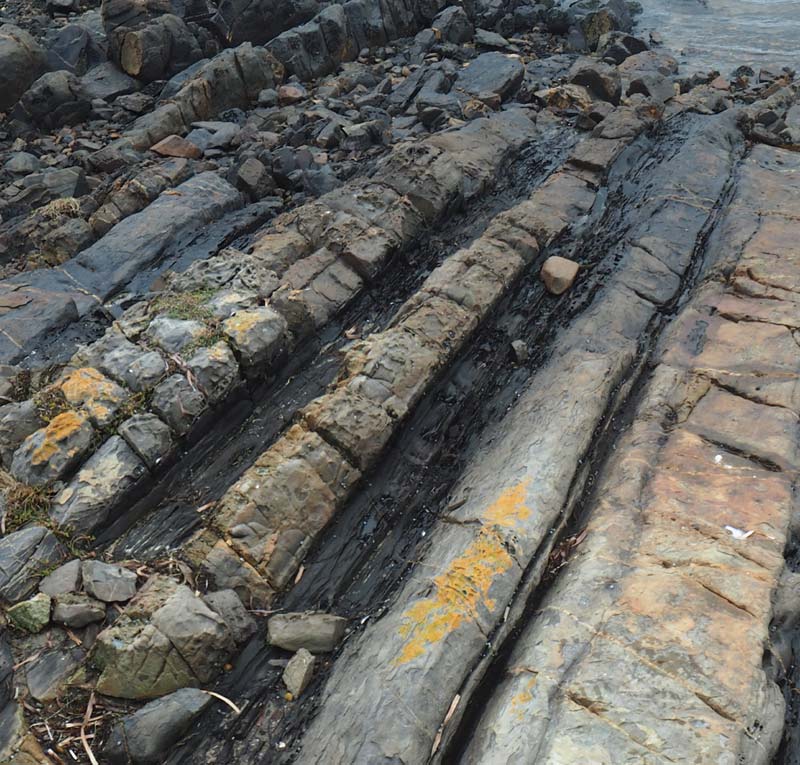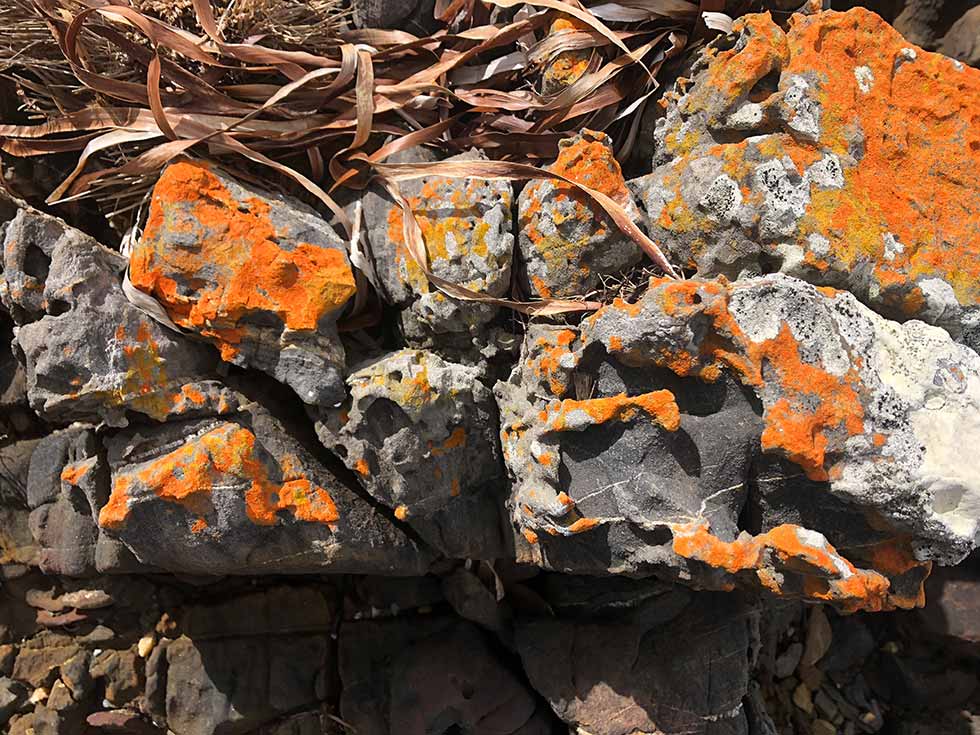For one of the Furneaux Group's most significant rocks, it's surprisingly hard to find good outcrops of Mathinna Beds to experience first hand.
Dating back to around 420 million years of age these are the oldest rocks on the island. Badger Corner is one of the best places to see both them and also the dolerite that cut through them some 200 million years later.
Badger Corner outcrops

This transect of the southern section of Flinders Island helps explain why Badger Corner is such a valuable place for us to visit. As the diagram shows, there's a lot of Mathinna Bed rock around here. Most of it however has been covered up by basalt and we only have a few limited spots where we can easily visit surface outcrops.
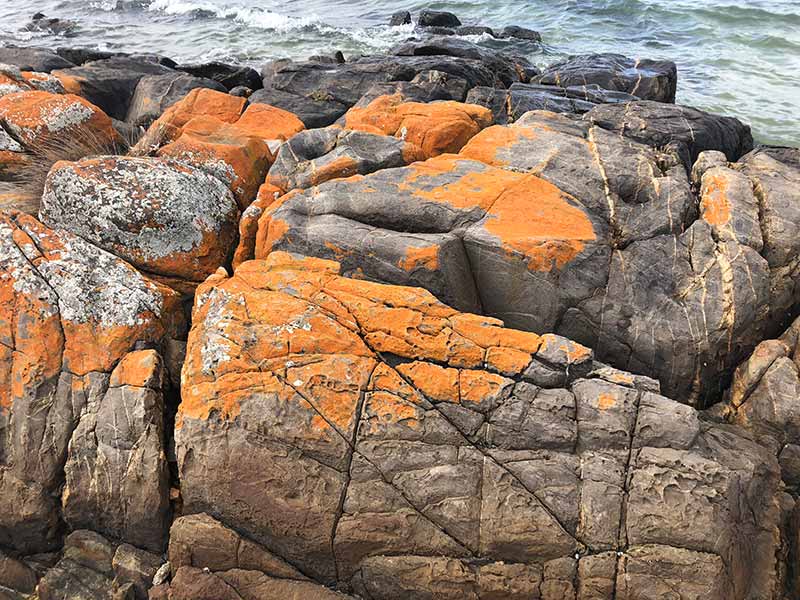
In fact there's not one but two important rocks to be found at Badger Corner. We’ve got the oldest rock types on the island - the 430-410 million year old Mathinna Beds - and we’ve also got some dolerite dyke intrusions.

The Mathinna Beds predate the granite found across the Furneaux Group. They are ancient and they go all the way through to Tasmania.
There’s two parts to the Mathinna Beds - there’s an upper part and a lower part. On Flinders Island we only see the upper part. The older Ordovician parts are in Tasmania.
The Mathinna Beds were deposited, then quickly buried, folded, crunched, squished whereafter the granites intruded.
They are now very different rocks as originally the Mathinna Beds were laid down as sediments - mudstones and sandstones and then they’ve been changed.
When you travel down to the Badger Corner boat ramp you're looking at the Mathinna Beds. Some of the beds are half a metre to a metre wide. There’s different rock types.
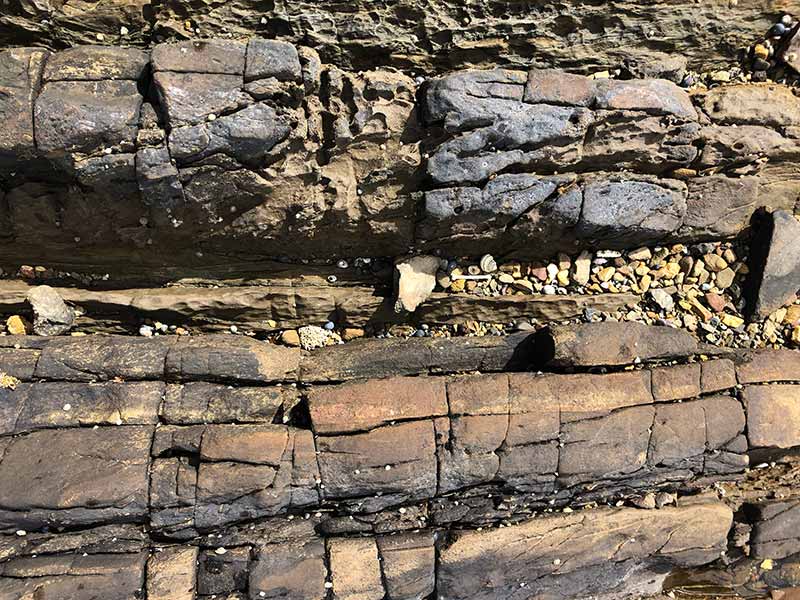
The big thick ones are sandstones and between them you’ve got the shales. These are what are known as turbidites.
A turbidite is a deposit that is formed in deep water - maybe a thousand metres deep - right off the edge of the continental shelf.
Typically you had big rivers carrying lots of sediment out to the edge of the continental shelf where it’s temporarily deposited.
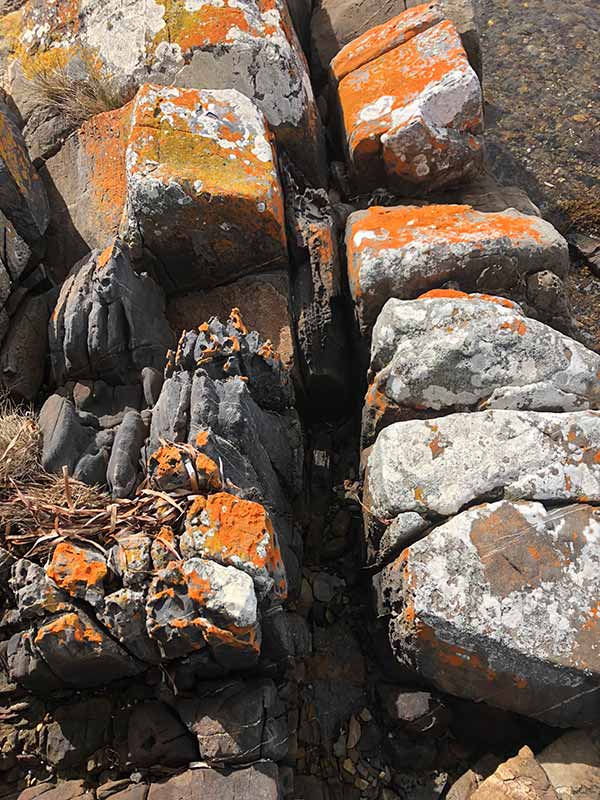
Then there might have been a submarine earthquake that’s generated a landslide so that the sediments redeposited from the shallow water down the continental shelf to where the ocean floor flattens out at depth.
There they were then tilted some time between 410 and 400 million years ago as there was a collision between tectonic plates in this general area and they were folded.
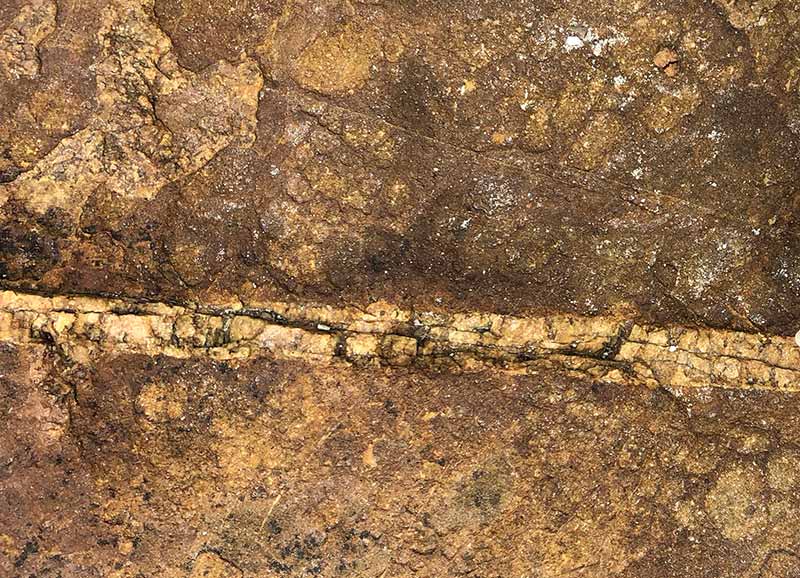
Within the Mathinna Beds, there’s lots of quartz veining and dykes coming though. Some of the structures of the dykes go straight out to the islands.
Dolerite dykes are a medium grained igneous rock. Being very dark in colour suggests it’s a maffic igneous rock. This means it’s a rock that comes from the mantle rather than rocks that are produced from the crust.
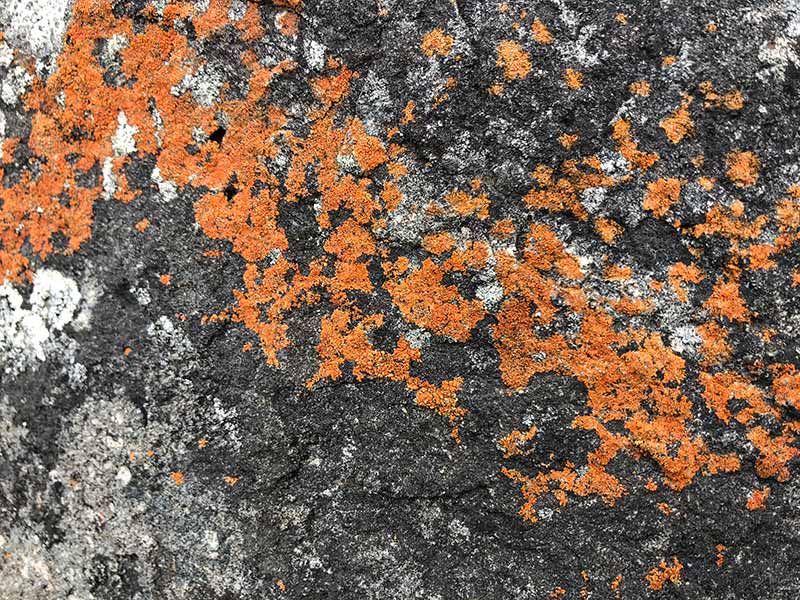
It may even be derived from the upper mantle - they vary in composition.
We know the dyke intrudes the granites which are 400-380 million years old. The latest dating indicates this happened 340 million years ago.
